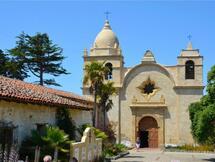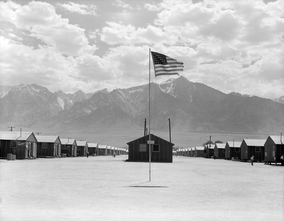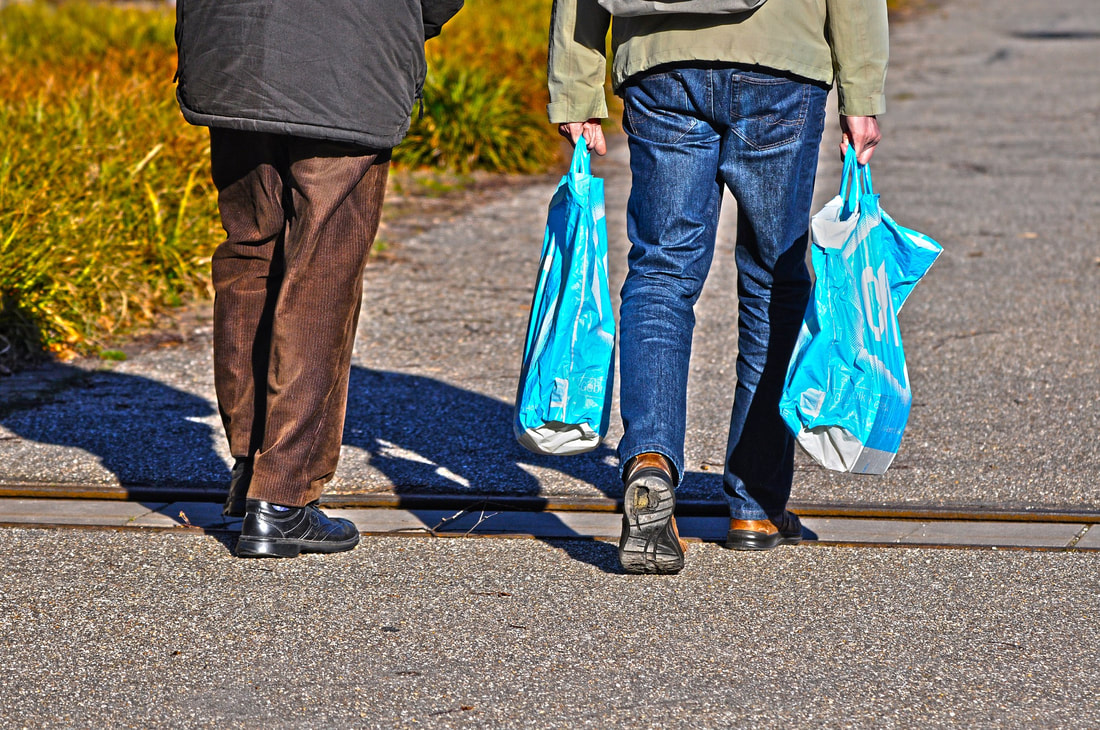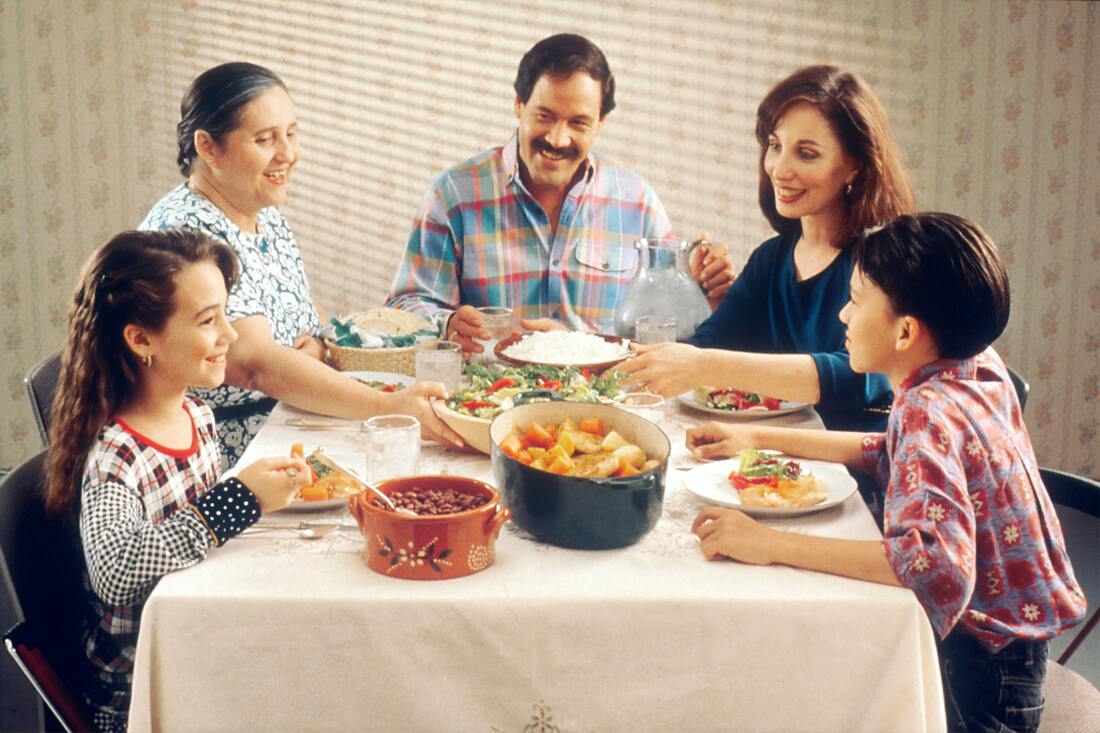
The California Missions are a series of 21 religious missions established between 1769 and 1833. The missions were founded by the Spanish as part of their efforts to colonize California. They were intended to convert the native people of California to Christianity.
The first mission in California was founded in San Diego in 1769. The last mission was founded in Sonoma in 1823. The missions were spaced about 25 miles apart along the coast of California. This allowed the missions to support each other and to provide a network of support for the Spanish colonists.
The missions were built in a similar style. They were all made of adobe bricks and had a central courtyard. The missions also had a church, a living quarters for the priests, and a workshop. They were self-sufficient and grew a variety food crops and raised livestock.
The missions were successful in converting the native people of California to Christianity. They also played a role in the development of the California economy. The missions provided a source of food and labor for the Spanish colonists. They also helped to open up California to trade.
The missions declined in the 19th century. The Mexican government took them over in 1821. They were secularized in 1833. This meant that they were no longer under the control of the Catholic Church. The missions were eventually abandoned and fell into disrepair.
In the 20th century, there was a renewed interest in the California Missions. They were restored and are now a popular tourist destination. They are a reminder of the Spanish colonial period in California.
The California Missions are a significant part of California's history. They played a role in the development of the state's economy, culture, and religion. The missions are also a reminder of the Spanish colonial period in California.
Receive $15 off my courses by entering promo code Winter45.






 RSS Feed
RSS Feed